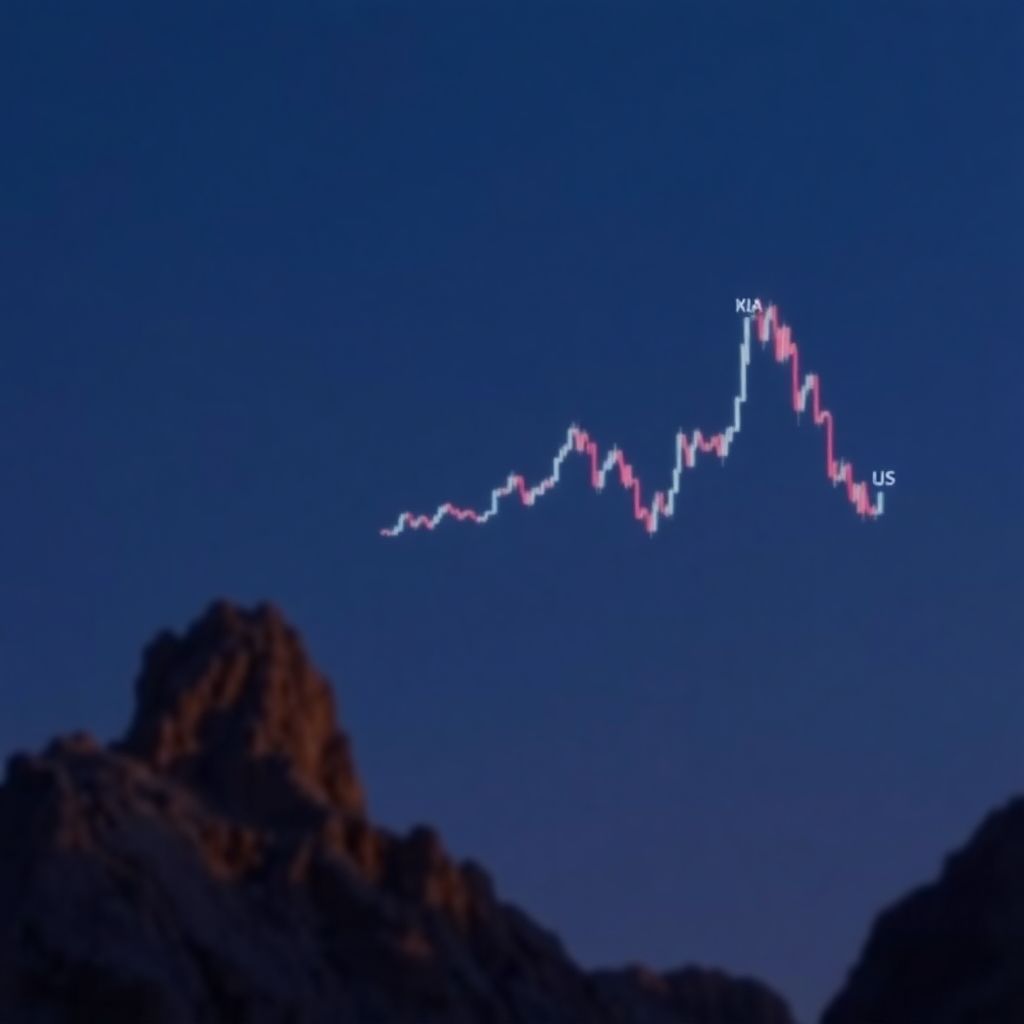XRP is once again approaching a historically bearish technical formation that previously signaled a dramatic sell-off. Analysts are closely watching the digital asset as it nears the formation of a “death cross” — a chart pattern where the 50-day Exponential Moving Average (EMA) crosses below the 200-day EMA. This pattern last appeared in December 2021, shortly before XRP plunged by 65%, dropping from $0.8320 to $0.2797.
Currently trading at $2.4137 as of October 23, XRP is stuck in a narrow consolidation range after sliding 34% from its yearly peak. This recent downturn reflects a broader slump across the altcoin market, which experienced sharp declines on October 11, followed by modest recoveries and continued sideways movement.
Despite the bearish price action, XRP continues to demonstrate strong fundamentals. The REX-Oprey XRP ETF, which launched just a month ago, has already surpassed $100 million in assets under management. Additionally, the leveraged Teucrium XRP ETF, typically more sensitive to market volatility, still holds over $314 million in assets — an impressive feat in a bearish climate.
Moreover, Ripple’s broader ecosystem shows signs of resilience and growth. The XRP Ledger is gaining traction in the realm of real-world assets (RWAs), with the total value of assets in this segment increasing by 5% over the past 30 days to reach $362 million. Ripple’s move into the stablecoin market is also gaining momentum. Ripple USD, introduced late last year, is fast approaching a $1 billion market cap, further solidifying Ripple’s position in the digital asset industry.
Optimism also stems from regulatory developments. There is growing anticipation that once the current U.S. government shutdown ends, the Securities and Exchange Commission may greenlight several XRP-focused exchange-traded funds (ETFs), a move that could drive significant institutional interest and potentially stabilize prices.
However, these positive developments are counterbalanced by several bearish signals. Co-founder Chris Larsen has reportedly liquidated over $700 million worth of XRP in recent months, raising concerns about insider sentiment. At the same time, the XRP network has seen a noticeable decrease in transaction volume, slowing the token’s burn rate — a key metric often correlated with demand and long-term price appreciation.
From a technical perspective, the narrowing gap between the 50-day and 200-day EMAs is a clear warning sign. If the death cross pattern materializes, historical precedent suggests a steep correction could follow. If XRP repeats the pattern from late 2021, the token could see its value tumble by up to 43%, potentially testing its year-to-date low of $1.3766.
In light of this, investors are advised to monitor price action closely, especially as XRP approaches critical technical thresholds. A confirmed death cross could signal a prolonged bearish phase, and without a significant catalyst, recovery might be slow.
Looking beyond technicals, macroeconomic factors could also influence XRP’s trajectory. Rising interest rates, liquidity tightening, and global regulatory scrutiny are creating a risk-off environment for speculative assets, including cryptocurrencies. In such conditions, even strong fundamentals may not be enough to prevent price declines.
On the positive side, Ripple’s ongoing legal battle with the SEC could also play a pivotal role. A favorable outcome or settlement could renew investor confidence and inject bullish momentum into XRP. Conversely, prolonged legal uncertainty could continue to weigh on the token’s valuation.
Additionally, adoption trends may provide some long-term support. Ripple’s partnerships with financial institutions and cross-border payment providers are slowly translating into real-world use cases for XRP. If these integrations scale further, they could provide a more stable foundation for price growth, even during broader market downturns.
Another area to watch is the broader sentiment in the crypto market. If Bitcoin and Ethereum, the industry’s bellwethers, regain bullish momentum, altcoins like XRP could benefit from renewed capital inflows. However, if the market continues to trade sideways or enters another correction phase, XRP may struggle to find upward traction.
Traders should also be aware of potential short-term volatility leading into year-end. Tax-loss harvesting, institutional portfolio rebalancing, and speculative positioning could all contribute to erratic price swings. For XRP, which is already facing technical and fundamental headwinds, this could exacerbate downside risks.
In conclusion, while XRP is supported by solid ecosystem developments and institutional adoption, the looming threat of a death cross and broader market weakness present significant risks. Traders and investors should approach with caution, especially as technical indicators suggest a potential for further losses. Vigilant risk management and a long-term perspective will be key for navigating the uncertain road ahead.

